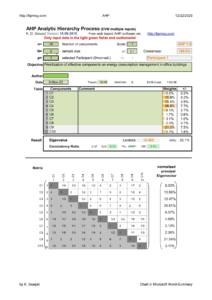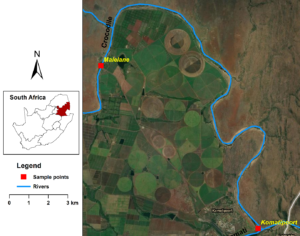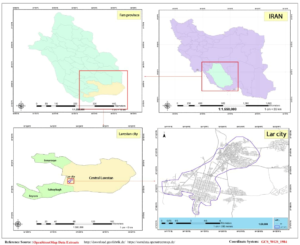Since the publication of Issue 2, Volume 7 (November 2023), the Anthropogenic Pollution has been published by OICC Press (https://oiccpress.com/), and manuscript submission can be made via this link: https://mc04.manuscriptcentral.com/apj
OICC Press Contact details:
Address: Stroud Court, Oxford Road, Eynsham, Witney, OX29 4DA, Oxfordshire, UK.
Tel: +44 1865 884350
E-mail address: [email protected]
Contact & Complaint form: https://oiccpress.com/contact-us-oicc-press/
Journal DOI: 10.57647/AP
Journal Abbreviation: Anthropog pollut
Journal Title Acronym: AP
The present applied research aimed to model energy management in office buildings of District 5 Municipality of Tehran, Iran. The components affecting energy consumption were extracted via an integrated approach (including in-depth survey and semi-structured interviews with experts) using coding method and prioritized by Analytic hierarchy process and Expert Choice. The proposed model was fitted […]

Freshwater is a limited resource experiencing accelerated contamination in several nations due to various reasons, including both natural and human-induced influences such as climate, topography, mining, industry, and agriculture. South Africa is characterized by water scarcity, a condition exacerbated by its status as a developing nation. Consequently, the country has the dual task of safeguarding […]

To mitigate land degradation and desertification as an environmntal issue, it is crucial to monitor land degradation intensities, identify influential factors, and implement necessary measures. This study utilized remote sensing data and logistic regression modeling to assess desertification in Larestan County. Multiple indicators were considered in this study, encompassing climate factors (such as rainfall, […]
